Wire Weaving by Sarah Thompson
I wanted to share a fantastic article with you about Wire Weaving. I think that you will love this!
Instructions
If you search on the internet these days for wire weaving an amazing array of jewelry pops up from artists all across the world. This surge has been ever growing over the last 5 years. This is a stark contrast to 10 years ago when I first became interested in this form of jewelry making. At the time I did every possibly search, looked for tutorials, local teachers, books and magazine craving more knowledge on how to use wire weaving to make jewelry. I came away without finding anything of use. There was a lot of information on wire wrapping and using heavier gauged wire but when it came to using finer gauged wires like 28 and 30 gauge your were very limited on the use of them within a design.
Traditionally wire wrapping is used to capture stones, make findings, and creating simpler jewelry designs centered around loops, twists and curves. Very little tools are needed and no soldering is involved. It is the heavier gauged wires that provide the structure and stability to the design. Because of this most wire artists prefer working with wires that stiffen or harden as you work with it. Most would consider fine silver to soft.
In wire weaving the focus is more around the design with the stones and beads used as a way to complement and enhance the finished jewelry. By weaving the heavier gauged wires together you're fabricating a platform to which you can further embellish by layering more shaped wire on top of your woven strip, this creates more possibilities to what can be achieved with wire without the use of soldering. Because of the extreme shaping that happens, I have found that on the most part working with the softest wire available provides the best results. So for me I work almost exclusively with fine silver. While the base wires, these are the heavier gauged wires, do provide support, it is the weaving wire that actually provides the strength needed to hold the wires in place. This is done by lashing and sewing the base wires together.
There are many different weaves that can be utilized to create different textures, or patterns to fit your specific design. Many are derived from traditional weaving of baskets and rugs. Weaving is comprised of wraps, lashings, and the direction of the weave (changing whether you are weaving clockwise or counter clockwise). By alternating the pattern of these three components you change the texture of the finished weave. Many artists are having fun with this and coming up with their own weaving patterns. It is thrilling to see the diversity that is happening with wire weaving as this jewelry form takes on a new revival and the applications and experimentation of transferring weaving techniques is continually opening up new possibilities.
When I am teaching I am continually asked about wire and what wires I use since weaving allows and derives many benefits from using a variety of wire. The type of wire and the gauge plays specific roles within the design. By using the correct wire for the job you will find that you will cut back on a lot of frustration. It has been my observation that many of my students struggled with shaping not because of what they were doing but because the wire was not soft enough for the type of shaping they were trying to do.
Types of Wires:
Fine Silver: This is my go to wire. It is soft and buttery allowing me to shape with easy. If I do want to ball the ends with the torch it melts smooth without any firescale. No matter what I like weaving with the fine silver as I have found that it compacts easier, it does not spring up, making for a tighter weave.
Sterling silver: Sterling silver begins to harden quickly making it more difficult to further shape if you want complexity. Once you create a bend it is more permanent where fine silver can be straightened out and reshaped. Sterling silver is best as a base wire when I need rigidity like in a bracelet or ring. For intricate bracelets I will use a combination of fine silver wire and sterling silver as the base wires to get the benefit of both.
Copper: Can be soft and malleable, I have found that dead-soft has a wide range so shop around until you find copper that you like. It is similar to work with as sterling silver. though I find it tends to be softer making it easier to shape. It is a great alternative to the more expensive silver.
Brass: This wire is harder to shape even when it is dead soft so I choose not to work with it. The weave also does not compact as well as the wire has a lot more spring to it.
Coated wire: These are harder to not scratch but using the smaller gauged wire can add pops of color in your weave.
Wire Gauges:
I like to break my gauges into 3 categories
14g-20g: These are the wires I use for the base wires, the wires that will be woven around. Within this category I further break it down. 14g and 16g creates a great backbone if you want to weave pre-shaped wires together , it helps provide more strength to an open airy design. 18ga and 20ga is easier to manipulate and shape into elaborate designs. By intermixing the gauges you can have the benefits of the strength with the fine details of the smaller gauged wires.
22g-26g: These gauges are great to add beads into the finished forms, create head pins, links and wrapping the briolette, essentially all thing pertaining to embellishments
28g-30g: This is what we weave with. You can weave with 26g and 24g wire but if you want a fine textured weave then 28 and 30g is the way to go. I have also found that 28 and 30g are much easier on the hands.
Modified Soumak Weave:
The modified Soumak weave is my favorite weave. It is versatile and produces a consistent, tight weave with uniform spacing between the base wires.
Instructions - The Weave:
Materials: Cut four 5 inch lengths of practice wire in 18ga. Use 30ga wire to weave with.
Left to Right:
1. We will start by weaving left to right.
2. Leaving a 6 inch tail, bring the rest of your 30ga wire to the back of all four base wires. Photo (1)
3. Thread the 30ga wire between wires 1 and 2. Photo (2)
Wrap the 30ga wire around wire 1, going clockwise, bringing the 30ga wire to the back of the base wires. Photo (3)
Go to the right side of wire 2 and thread the 30ga wire between wires 2 and 3. Photo (4)
Wrap the 30ga wire completely around wire 2, going clockwise, bringing the 30ga wire to the back of the base wires. Photo (5)
Bring the 30ga wire to the right side of wire 3 and thread the 30ga wire between wires 3 and 4.Photo (6)
Completely wrap around wire 3, going clockwise, bringing the 30ga wire to the back of the base wires once more. Photo (7)
Bring the 30ga wire to the right side of wire 4 and completely wrap around wire 4, going clockwise, bringing the 30ga wire to the back of the base wires once more. Photo (8)
.jpg)
Right to Left:
You will now be weaving back across the front going right to left. Your 30ga wire should be in the back of wire 4, bring it to the front. Photo (1)
.jpg)
I hope that you enjoyed this article about Wire Weaving by Sarah Thompson. To help you get started on your wire weaving journey.
Materials

18 Gauge Half Round Half Hard Copper Wire
H11-18HRH
- Lesson Quantity: 3.00 feet
- Purchase Quantity: 1.00 5FT
- Price: $2.27
- Gold Club Price: $1.70

30 Gauge Round Dead Soft Copper Wire - 1LB
H11-30D-1LB
- Lesson Quantity: 25.00 ounces
- Purchase Quantity: 1.00 each
- Price: $35.57
- Gold Club Price: $26.68
Tools

C.H.P Milano Italian Flush Cutter, 5 1/2 Inches
PLR-487.00
- PLR-487.00
- Lesson Quantity: 1.00 pieces
- Purchase Quantity: 1.00 each
- Price: $14.97
- Gold Club Price: $11.23

Straight Steel Pick
CVR-400.30
- CVR-400.30
- Lesson Quantity: 1.00 pieces
- Purchase Quantity: 1.00 each
- Price: $2.97
- Gold Club Price: $2.23

Flat Nose Wire Plier
G2-506
- G2-506
- Lesson Quantity: 1.00 pieces
- Purchase Quantity: 1.00 each
- Price: $32.95
- Gold Club Price: $24.71

Round Nose Wire Plier
G2-507
- G2-507
- Lesson Quantity: 1.00 pieces
- Purchase Quantity: 1.00 each
- Price: $32.95
- Gold Club Price: $24.71

Adjustable Headband Magnifier with Light
G6-7
- G6-7
- Lesson Quantity: 1.00 pieces
- Purchase Quantity: 1.00 each
- Price: $19.97
- Gold Club Price: $14.98
- Category: Weaving
- Technique(s): Wrapping, Weaving, General Education








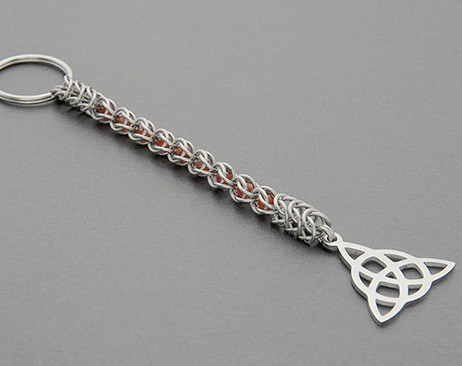

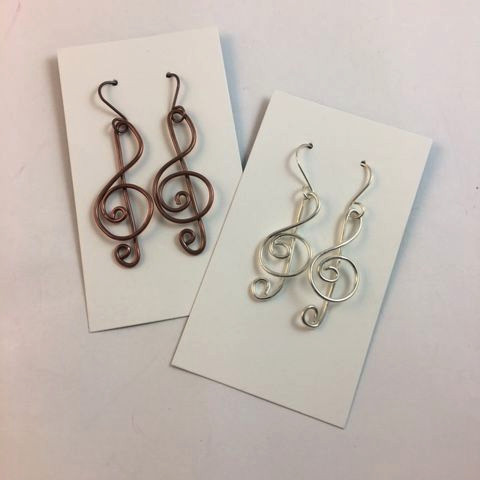

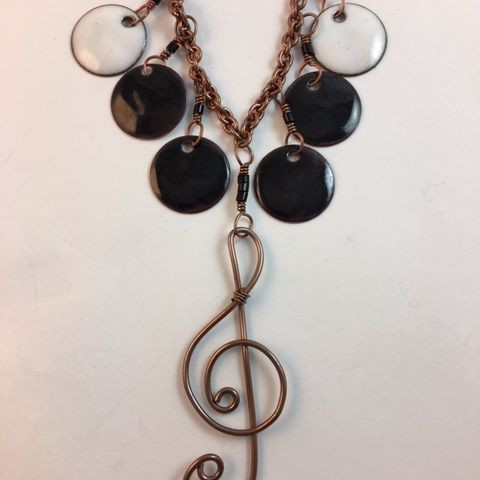
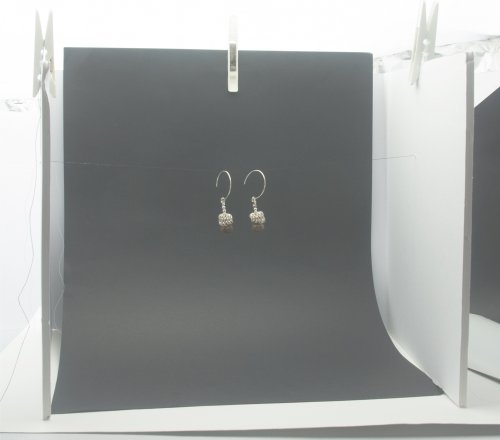
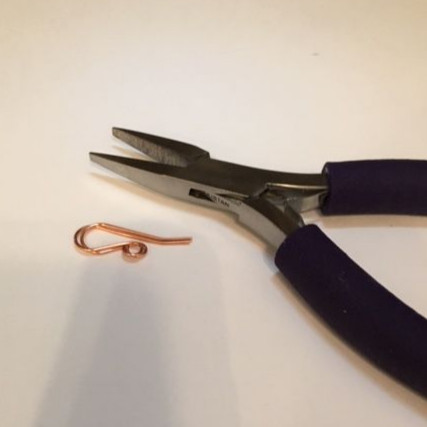
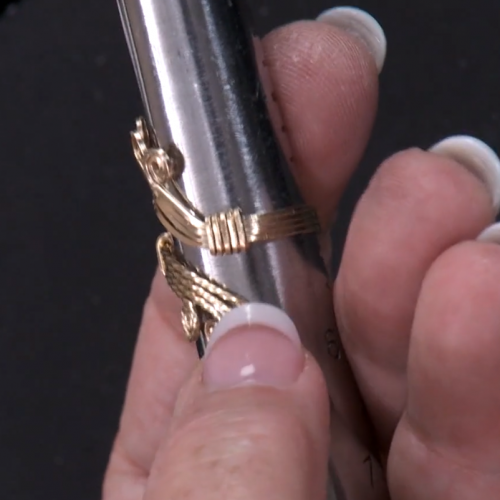


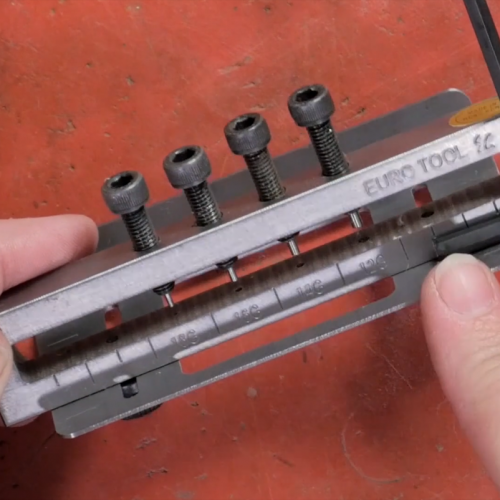
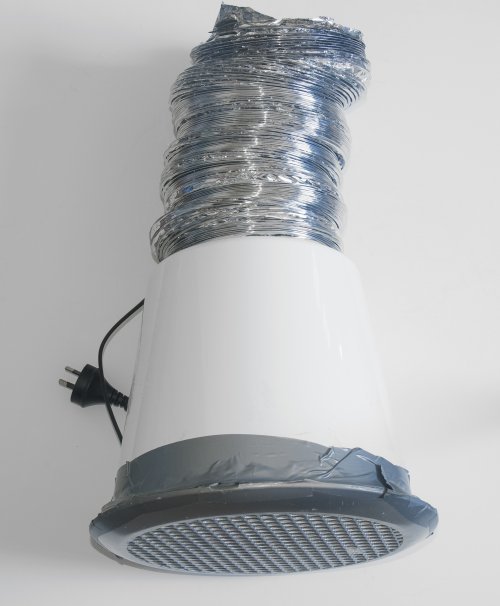

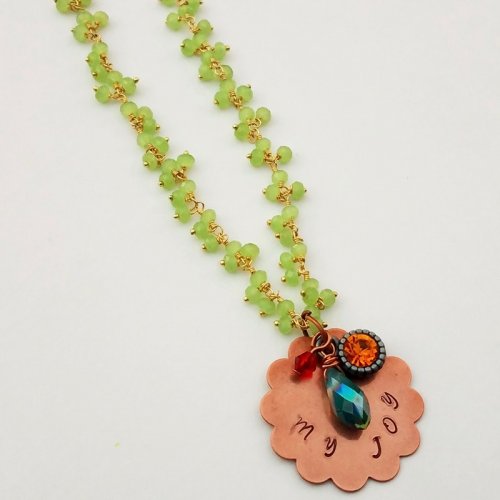



 My Favorite Tool
My Favorite Tool Quick Project Storage
Quick Project Storage Creating Symmetry in Design
Creating Symmetry in Design Weaving Long Lengths of Wire
Weaving Long Lengths of Wire How to Compress Your Weave
How to Compress Your Weave Avoiding Hand Fatigue and Chafing
Avoiding Hand Fatigue and Chafing Cut out Stencils
Cut out Stencils Wire Weaving
Wire Weaving Holding Wire for Weaving
Holding Wire for Weaving Keeping the Kinks Out of Your Wire
Keeping the Kinks Out of Your Wire Keeping Wire Tangle Free
Keeping Wire Tangle Free


